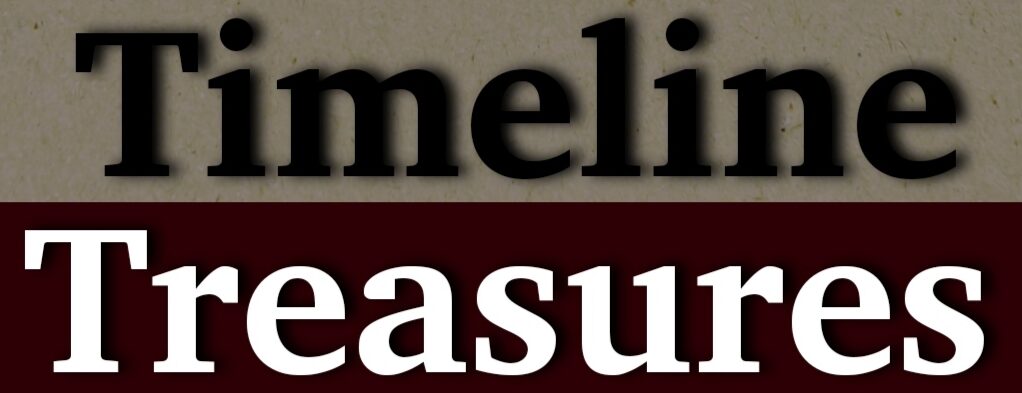
As tensions between Israel and Iran deepen, recent military strikes suggest that Israel may be setting its sights beyond just Tehran’s nuclear and missile infrastructure. Analysts believe these actions could reflect a larger ambition: toppling Iran’s theocratic leadership. However, such a move may unleash more chaos than control, with no clear or united opposition waiting to fill the vacuum.
While Israeli officials, including Prime Minister Benjamin Netanyahu, maintain that regime change isn’t their explicit goal, strikes on symbolic institutions like Iran’s state broadcaster IRIB indicate a strategy that targets the core of the regime’s authority. This development has fueled speculation that Israel aims to eliminate Supreme Leader Ayatollah Ali Khamenei’s rule — a possibility fraught with uncertainty.
Western leaders remain cautious, drawing parallels to past military-led regime changes in Iraq and Libya that led to years of violent instability. French President Emmanuel Macron, speaking at the G7 summit, strongly warned against using force to engineer regime change in Iran, describing it as “a recipe for chaos.”
One major concern is what comes next. Far from ushering in a liberal democracy, the fall of Iran’s clerical regime could empower more extreme factions — particularly within the Islamic Revolutionary Guard Corps (IRGC), who already wield considerable influence. Experts fear a shift from theocracy to a military dictatorship if no viable, organized opposition steps in.
Among the prominent voices opposing the regime is Reza Pahlavi, the son of Iran’s last Shah. Though he advocates a return to a more secular and Israel-friendly government, his monarchist views and silence on Israeli airstrikes have alienated some Iranians and exiles. Another player, the People’s Mujahedin (MEK), led by Maryam Rajavi, calls for revolution, yet remains controversial due to its past alignment with Saddam Hussein.
“The biggest issue,” says University of Ottawa professor Thomas Juneau, “is the lack of a coherent, democratic alternative. That’s what makes a collapse of the Islamic Republic so dangerous.”
Iran’s complex ethnic mosaic further complicates the picture. Significant Kurdish, Arab, Baluch, and Turkic populations could become flashpoints in a post-regime scenario. External actors may exploit these divisions to destabilize the country from within.
The Soufan Center, a US-based think tank, has warned that removing Iran’s current leadership without a clear successor could echo — or even surpass — the regional fallout witnessed after Iraq’s regime collapse. “This could become Iraq 2.0, but worse,” they caution.
As the world watches closely, experts agree: any effort to reshape Iran’s leadership through force risks plunging the region into deeper unrest.
